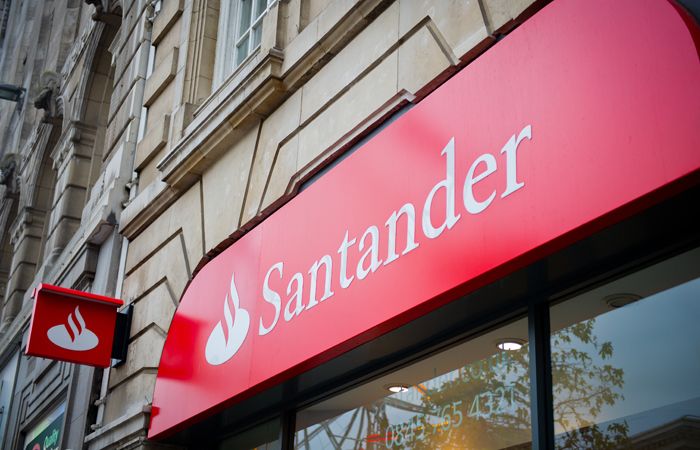
While it is important to acknowledge the challenge of rising rates and support borrowers during economic testing times, there is plenty pointing to the PRS (private rental sector) being in better health than the headlines suggest.
The challenge posed by the current economic conditions is clearly something we shouldn’t underestimate, and I imagine I speak for all lenders when I say that we take our responsibility to support our customers seriously.
However, the sector is better equipped to navigate testing times than some would have you believe.
Much of the media and political focus has been on the impact of rising interest rates on borrowers. While it’s true that those exiting their current fixed-rate deals may face higher rates, we should note that of the two thirds of buy-to-let mortgages with fixed rates, only 17% are due to mature within the next year.
Our experience shows that landlords are largely switching to a new product at the end of the term. With rates higher than they were five and two years ago, it’s likely that clients switch to products priced higher than their previous deals.
One way we’ve developed our proposition to minimise the impact of this ‘payment shock’ is by offering a ‘track-to-fix’ feature on discounted SVR products, allowing borrowers with mortgages reaching maturity to switch from their current fixed rate, up to six months prior, to a discounted SVR and then transfer over to a Paragon fixed rate product at any point within the term and incur no ERCs (early repayment charges).
This provides the landlord with the certainty of refinancing and flexibility to track the market until more favourable fixed rates return.
One of the most important factors overlooked by those writing off the PRS is the continued high levels of demand for rented homes.
The record high levels of tenant demand previously reported by landlords have continued into the second half of the year. Zoopla data shows that letting demand has consistently tracked above the five year average over the past 12 months and net +54% of surveyors taking part in RICS’ regular UK Residential Survey reported an increase in tenant demand in July.
While all fairly recent figures, these mark a continuation of high demand seen over a long period that was accelerated by the pandemic. This acts as a reminder that the health of the sector is underpinned by strong demand, driven by several societal shifts, such as an increasing number of households as the population grows and lives longer.
Our most recent survey of landlords carried out by research agency BVA BDRC revealed that just over a third of landlords experienced a tenant in rent arrears in the second quarter of the year which marks a small drop on Q1 and tracks in line with the long-term trend.
This, alongside the fact that landlords are typically lowly-geared, with little borrowing above 75% loan-to-value and plenty of equity in their portfolios, means that the majority are well-placed to withstand any economic turbulence.
Supporting this idea, UK Finance data shows that the proportion of accounts that are three months behind with their mortgage payments has increased to 0.44%, numbering approximately 8,980, but this is from the lowest point of 0.39% in the second quarter of 2022, so remains low overall.
These factors have helped repossessions to remain low too. During the first quarter of the year, 440 buy-to-let properties we repossessed, according to UK Finance data. This compares to 400 in the same period last year.
These are just some of the points that help to highlight how sensationalist reporting can often omit the figures that show how the sector is actually in good hands and holding up well in the face of what is an undeniably challenging time for all industries.
So, while we must recognise threats and work to mitigate them, it is important that we see the full picture, providing landlords with advice that is balanced and based on facts to enable them to make informed investment decisions.
Richard Rowntree is managing director of mortgages at Paragon Bank



